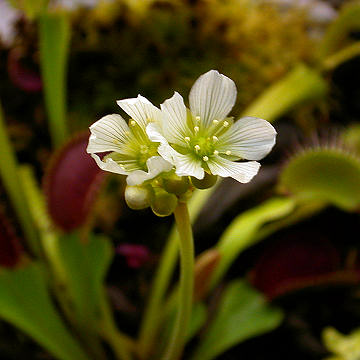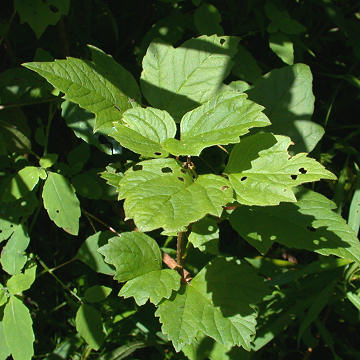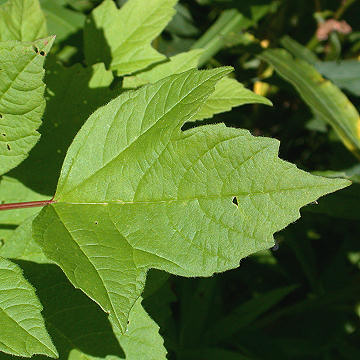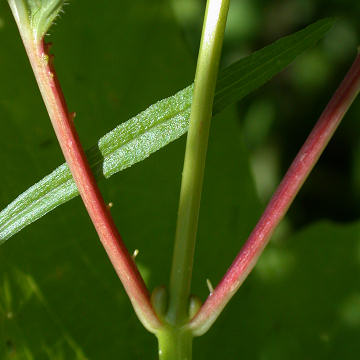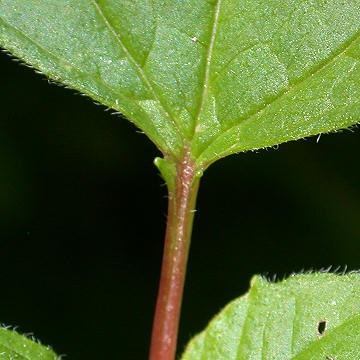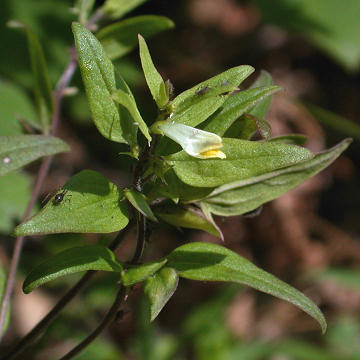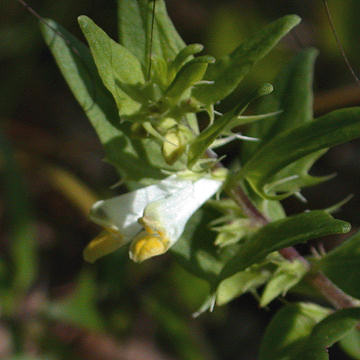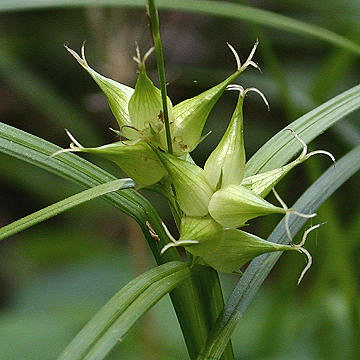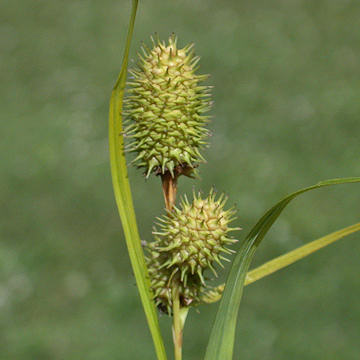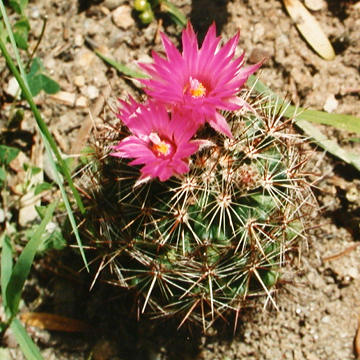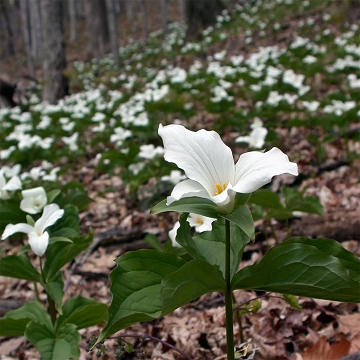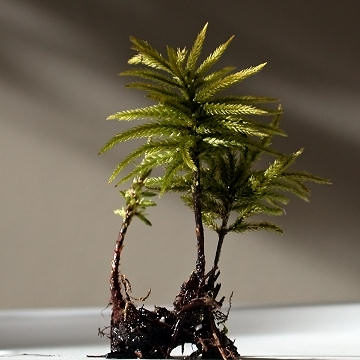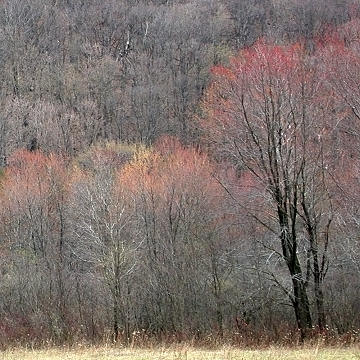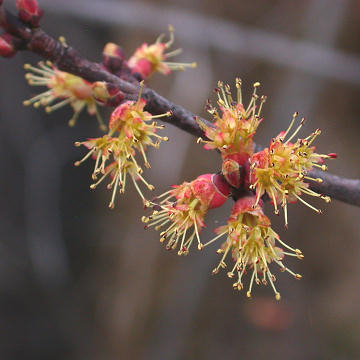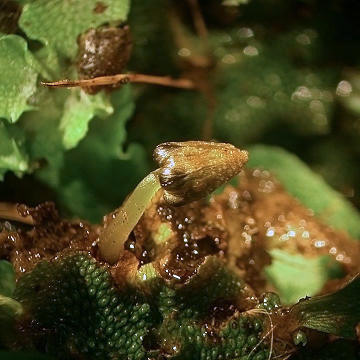Here are some of the “traps” of a venus flytrap, each consisting of a bi-lobed leaf at the end of a flattened petiole. They are active traps, meaning that they are capable of closing quickly to ensnare a prey item. Each lobe of the trap is beset with three large trichomes (the trigger hairs), readily visible in the image below. If any two of the hairs are touched, or if one of them is touched twice, this will cause a rapid pressure change within the cells and trigger the trap to close. The long segments along the edge of each lobe may look like sharp teeth but they are quite soft to the touch; they serve to prevent the escape of the prey, not to impale it.
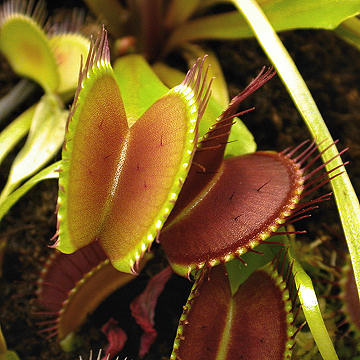
Venus flytrap (Dionaea muscipula) is a very popular plant, mostly owing to its ability to actively capture and digest insects. It has become widely available now due to the ease by which it can be propagated using tissue culture. Unfortunately many who attempt to grow this plant fail due to a lack of understanding of its cultural requirements. Understanding how to successfully grow this plant begins with understanding where it comes from and why it captures bugs in the first place.
Venus flytrap is the only species in its genus. It is in the family Droseraceae, which includes another group of carnivorous plants known as sundews (Drosera spp., e.g. Drosera rotundifolia). Unlike sundews, the venus flytrap has a much more limited natural range, originally found only in a small area of southern North Carolina and northern South Carolina. The natural habitat of this plant is open, acidic wetlands on peaty or sandy soils with low nitrogen availability. The capture and digestion of insects is an adaptation to these nitrogen-poor environments, allowing the plant to break down proteins and absorb the nitrogen for use in metabolic functions.
One mistake people make in trying to grow this plant is not providing it with sufficient humidity. Dry air causes the leaves and the traps to dry out and turn black. A glass or plastic cover satisfies this requirement; a small gap in the cover should exist to allow for some air circulation. Watering can be accomplished by standing the pots in shallow water. Distilled water is best, as hard water or water containing various salts (this would include softened water) will eventually kill the plant. While the plants can stand being in soil that is completely saturated for short periods, it is best to avoid this.
The question I am most often asked is if it is necessary to feed them. Not really, at least not as often as some would think. It is also best to feed the plants insects and not hamburger, although lean meats will work. I prefer to either set plants outside for a time in the summer to allow them to capture insects naturally or give a light dose of fertilizer to the leaves.
Lastly, there is the issue of dormancy. Venus flytrap occurs in temperate areas of the southeastern United States that experience occasionally low temperatures as low as 5 degrees F in the winter. In nature they go dormant in the fall as day lengths shorten and temperatures begin to fall. If plants are grown under natural light, as would be the case with a plant growing on a windowsill or outside, they must be allowed to go dormant and remain in that state for several months. Such plants could be kept in a refrigerator for that time. All of my plants, including those pictured here, have never been allowed to go dormant and continue to grow vigorously. I think the key to my success has been the use of artificial lights set on a long-day cycle and not allowing temperatures to fall below 60 degrees F. While my plants never go dormant they still manage to bloom occasionally. I usually cut the blooms to reduce the energy cost to the plants though.
